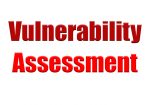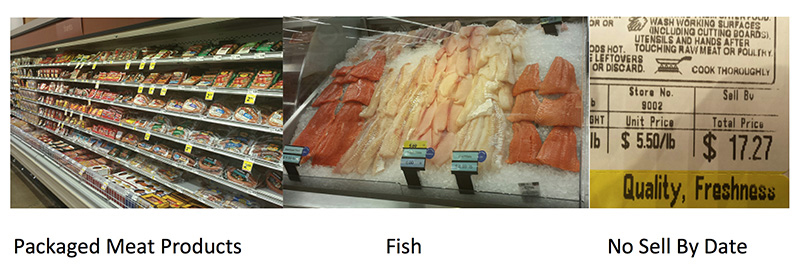Nearly 10% of the food supply is affected by food fraud, yet many food companies are not well equipped to deal with the problem, according to a survey cited by SSAFE at USP’s recent Food Fraud Mitigation Hands-on Workshop. Nearly 40% of companies said it is easy for fraudsters to fake their food products and about one-third named gaps in supply chain transparency as a fraud vulnerability problem. In addition, about one third of respondents were unaware of whether their suppliers have been part of a criminal offense.
How secure is your supply chain? Learn how to mitigate these risks at the Food Safety Supply Chain conference | June 5-6, 2017
Food fraud is defined as the intentional misrepresentation of the true identity or contents of a food ingredient or product for economic gain, said Janet Balson, senior food safety consultant at USP. In many cases, adulteration cannot be detected by visual inspection alone. Companies must look at the susceptibility of certain ingredients and products (common targets include olive oil, honey, milk, chicken, tea, spices and fish), potential economic gain, and vulnerabilities in the supply chain. Since only a small amount of fraud cases are detected, it is important to conduct a thorough vulnerability assessment that examines the supply chain, QA methods, testing frequency, audits, supplier history, and historical, geo-political and economic factors, and from there, a multi-disciplinary team can develop an appropriate control plan based on the level of risk.
Food companies can leverage several tools (they also work in a complementary fashion) to identify and assess potential hazards in ingredients and products, including EMAlert, USP’s Food Fraud Database 2.0 and SSAFE’s Food Fraud Vulnerability Assessment tool. Arcchana Patil, senior manager of food safety & defense, QRC at The Hershey Company and Samantha Cooper, manager of food safety & quality assurance at GMA compared several of these platforms, offering a few tips on their capabilities and how companies can make the best use of the tools.
- USP Food Fraud Database 2.0: Contains almost 7,000 food fraud records and allows searching of records by ingredient. Helps in the process of evaluating food fraud vulnerability. Its customizable dashboard and search function update users on new records. The platform also provides automated analytics tools. The tool is best used by subject matter experts, a group or by food fraud and food defense teams.
- EMAlert: A real-time predictive model for economically motivated adulteration that quantitatively analyzes vulnerability for a group of ingredients based on weights given by users. Commodity data for each attribute is continuously updated. It provides a good platform for commodity scanning for sourcing and procurement teams. The tool is best used by subject matter experts, a group or by food fraud and food defense teams.
- SSAFE Food Fraud Vulnerability Assessment: Available in 10 languages, it provides a good starting point for companies to assess their vulnerability at an ingredient, product, brand, facility, country or company-wide level. It identifies vulnerabilities to enable mitigation, but it does not offer mitigation techniques. The tool can be applied throughout the supply chain, from feed and primary production to manufacturing and catering. It can be used by different segments of the supply chain, along with corporate, but it is best used by cross-functional teams in quality, lab, procurement, legal and manufacturing.
- World Factbook of Food: With more than 130 foods and 75 country profiles, the Factbook data is curated from a variety of sources to assist in risk assessment. The repository of food and country profile contains product uses, consumption, production and trade information, along with population, economy, climate and governance.
- Food Adulteration Incidents Registry: Containing more than 550 unique incidents of food fraud and intentional adulteration, the registry provides verified event information to support vulnerability assessments. The platform uses a repository of open data records.
The shortage of food due to climate, environmental and political changes will put further pressure on the availability of certain ingredients and is likely to cause an uptick in food fraud. However, there are more tools than ever before to help companies deal with this problem, but the key is to try to stay one step ahead. As the speakers and attendees at the USP workshop reflected on the issue, they shared their predictions on where they see food fraud headed in the near term:
- Companies will need to use technology to push further into their supply chains (i.e., tier two or three) where there is a higher risk.
- The implementation of blockchain technology will make it more difficult for fraudsters to fake data, especially with processed foods.
- The food industry will be able to learn from other industries that have counterfeiting issues, such as the pharmaceutical industry.
- Use of smarter complementary tools that fight food fraud will help companies better mitigate risks and intervene more swiftly.











